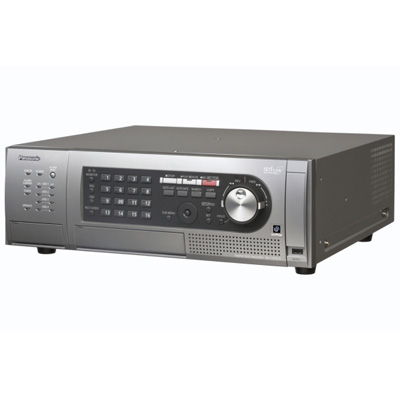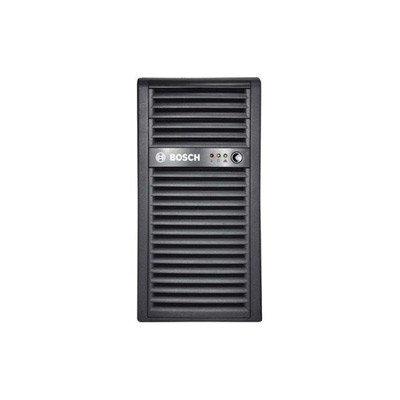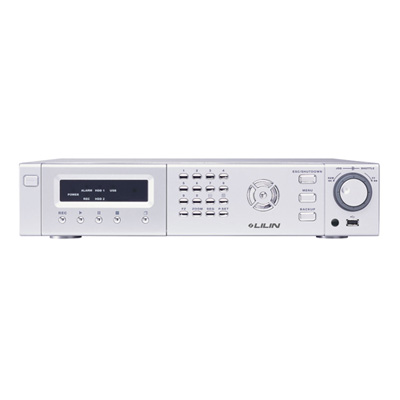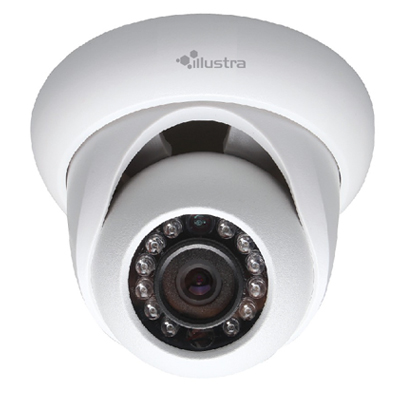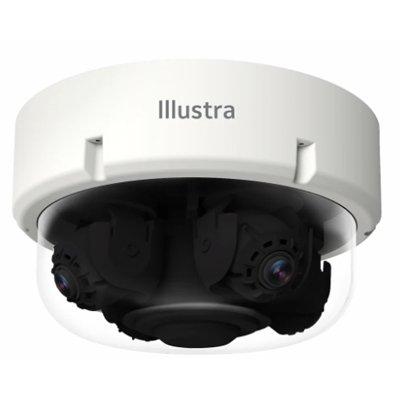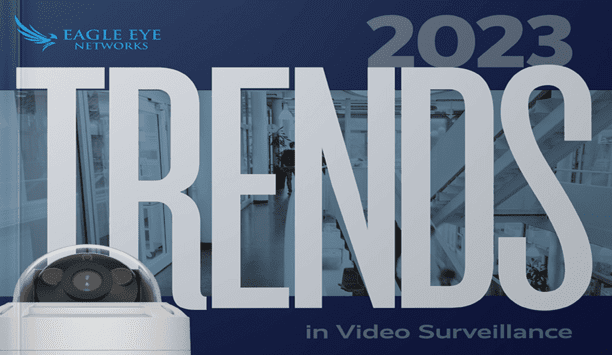CCTV Digital Video Recorders (DVRs) (1,732)

Provides a scale-out network storage solution that provides security, high “in-the-box” scalability, peace-of-mind data protection, and simplified management of all your video data. 3167 GB storage. Dimensions: 89 x 447 x 572. Weight: 27.22kg
Add to Compare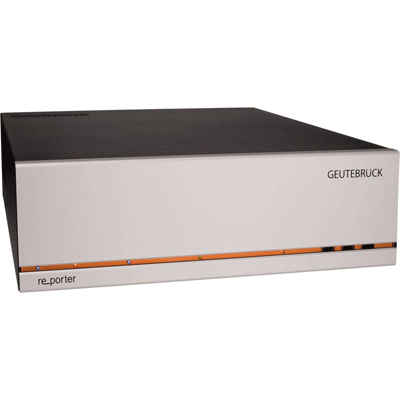
The H.264 compression process is widely regarded as the most efficient video process for compressing moving images, because, with suitable computer resources, it can generate the lowest band widths for a given image resolution and quality. However, most H.264 standard compression processes ignore the fact that large amounts of bandwidth and storage capacity could also be saved by avoiding the generation, transmission or storage of images (or extra resolution) which are not going to be required by the user. This is a pity because it means that considerable wastage and unnecessary infrastructure costs are incorporated into video security systems. To appreciate the extent of this you only have to look at how many workstation monitors out there are being sent four Full-HD resolution data streams when they can actually only display four D1 or one Full-HD feed. Geutebruck decided to do better. Going back to basics, but remaining within the H.264 standard, it produced H264CCTV, a process much better adapted to video security systems, their routine functions and the needs of their users. So, when H264CCTV is employed in a control centre, H264CCTV-supporting cameras send the four images for the workstation monitor in D1 resolution until such time as the operator asks for full screen display. Then the selected camera switches its data stream to full-HD and the others cease transmitting to the viewer. This eliminates unwanted images and unusable resolution, and slashes bandwidth and processing loads. The unusual way H264CCTV’s video frames are linked together helps it avoid many typical H.264 problems. It doesn’t produce artefacts if an individual data package is lost in the network. It doesn’t over-burden the display processor and hang up the system when cameras are switched. - Instead, its fast and easy decoding ensures that switching at 25fps is well within the processor’s comfort zone. - It doesn’t make viewing and investigation difficult with jumps or jerks, but always replays video with smooth motion, even fast forward, backwards and frame by frame. And, with H264CCTV, event searches don’t just offer you the nearest frame with metadata attached, but always deliver precisely the frame you asked for. Then there’s the costly compromise many H.264 system users have to make between recording more frames per second than they really need, or viewing fewer frames per second than they’d really like, or both. This frustrating situation arises because the chained frame formations in most H.264 implementations make it impossible to discard individual frames to create streams with different picture rates for different purposes. On the other hand, the independent control of recording and live video qualities was a basic requirement in the design of the H264CCTV structure so it ensures that users can have dual streams with exactly the quality of service they require. For more about H264CCTV and products which use it visit www.geutebrueck.com
Add to Compare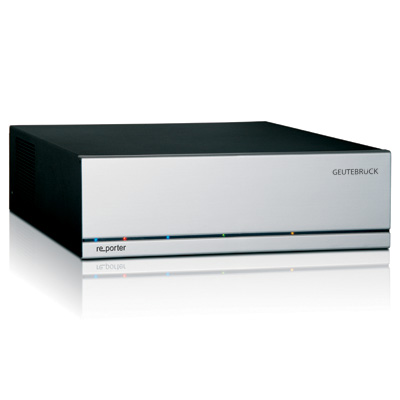
At Security Essen 2010, Geutebruck is showcasing the new re_porter-IP/SE, an entry-level IP server; the GeViScope-AS/R, a new high performance GeViScope-based video analysis platform; as well as a new independent SD card ‘Nano DVR' facility for their IP video sources VIPCAM-DN101/PX and CAM2IP. But perhaps the most significant development on their stand is the new generation of software for GeViStore and GeViScope platforms. Its new ‘omnibrid' multi-standard video processing enables M-JPEG and H.264-based standard as well as specialist video surveillance ones (MPEG4CCTV, H264CCTV) to be used in the same system. It supports the use of analogue, digital, megapixel, ONVIF-compliant and even 16/9 HD-format cameras. And its real-time signal trans-coding enables IP cameras to be used for Geutebruck video analysis processes without needing any additional integral functions. With new operating software, the boundaries are fluid - the future really is 'omnibrid'. The new re_porter-IP/SE is an ideal entry level solution for pure digital video surveillance systems. It supports up to 20 IP cameras and handles M-JPEG, MPEG4CCTV, H264CCTV as well as H.264 standard formats from many different kinds of digital video source. To reduce demands on networks and storage space the re_porter-IP/SE can process and store any data fed into it. It has 16 contacts for event-controlled recording and 8 relays for direct communication with third party systems.
Add to Compare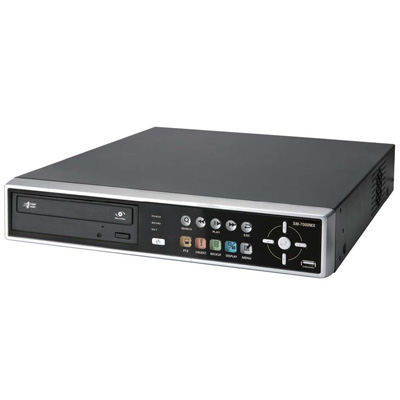
Automatic Upgrade of DVR F/W and Remote S/W POS Function up to 4 sets of POS Device Quick Setup to designate Recoding Period Emergency & intensive Recording Dual-Stream with Adjustable fps and Resolution Network Bandwidth Control(25Kbps~100Mbps) Mobile Viewer by WAP Connetion(2G & 3G Phones) Smart Phone Monitoring
Add to Compare
LILIN DHD216A is part of its AHD series DVR. AHD series DVRs enable users to record outdoors and at night time in high definition quality resolution. LILIN AHD series DVRs are reliable surveillance recording systems able to meet extended user requirements. Some of its other features include: Mobile phone iOS, Android solutions provided Video data transmitted distance up to 300M Privacy mask Each channel independent record frame adjust
Add to Compare




